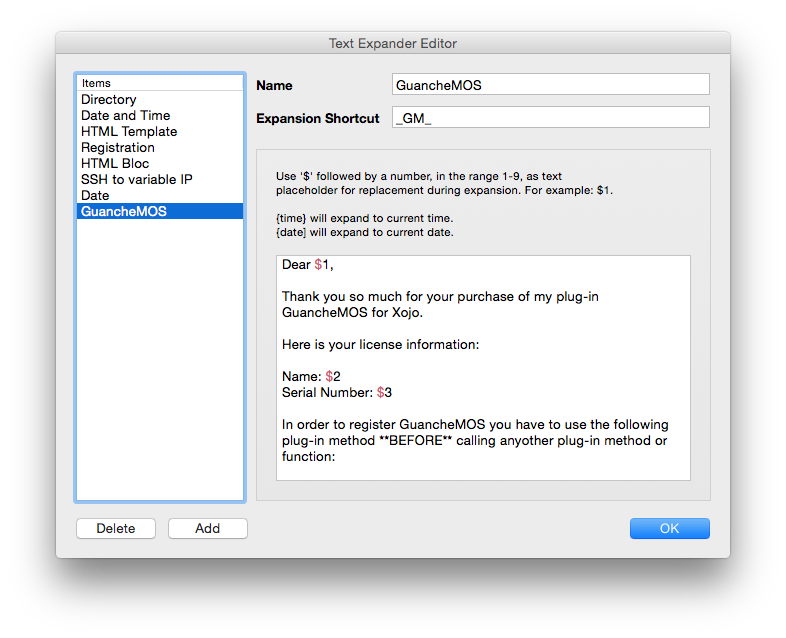

#THE SNIPPERY GENEVA PROFESSIONAL#
He spent the next three decades as a professional writer. Later that year, he published his first novel, Thy Neighbor's Wife. In 1923, he published his first short story, "The Sniper," A fugitive from the Irish authorities, O'Flaherty fled to London in 1922. In the Irish civil war, he aligned himself with the Republicans, opposing the division of Ireland, and took part in the Four Courts rebellion. They raised the Communist flag over it and declared an Irish socialist revolution. In 1922 he and a group of unemployed men seized control of a public building. He supported the Republican cause and also joined the Communist party. O'Flaherty returned to Ireland in 1920 and became involved in politics. O'Flaherty wrote four short stories, but they were rejected by publishers, and O'Flaherty gave up writing. During this period, his brother urged him to write about his experiences. He also crewed on ships sailing the Atlantic Ocean and Mediterranean Sea. He went to London, South America, Canada, and the United States. Due to shellshock, O'Flaherty was given a medical discharge from the military in 1917.Īfter a few months in Ireland, O'Flaherty spent the next two years traveling about and doing odd jobs.


During the war, he served in France and Belgium. He left college in 1915 to join the Irish Guards of the British army. World War I disrupted O'Flaherty's studies. He then went to University College, also in Dublin, where he studied for a year from 1914 to 1915. O'Flaherty, however, did not want to become a priest, and left after one semester. In 1914 he entered Holy Cross College in Dublin, which was a seminary designed to prepare young men for the priesthood. He continued his education at Blackrock College from 1912 to 1913, also run by priests, where he organized a group of students who supported the Republican cause in Ireland. In 1908 O'Flaherty won a scholarship to attend a Catholic school, Rockwell College, on Ireland's mainland, where he studied until 1912. He also proved to be an exceptional student, and a visiting cleric thought he showed an aptitude for the priesthood. O'Flaherty wrote his first piece of fiction when he was about seven years old. Liam O'Flaherty was born in 1896 on Inishmore, an Aran Island off the coast of Ireland. The sniper's emotional detachment throughout the story, coupled with this startling ending, allows O'Flaherty to indirectly address the way in which the Irish civil war led to the disunity of Irish society. After the sniper shoots an enemy soldier, he discovers he has just killed his brother. O'Flaherty places his protagonist, a sniper, in a kill or be killed situation. O'Flaherty drew upon his experiences to create a piece of fiction that shows that the civil war had repercussions stretching far beyond the field of battle. Settling in London, O'Flaherty procured a typewriter and wrote "The Sniper" while the devastating Irish civil war was still going on. In the fall of 1922, after taking part in the Four Courts incident as a Republican soldier, O'Flaherty fled Ireland. Nonetheless, throughout his career, O'Flaherty only wrote a handful of overtly political stories. O'Flaherty was intensely involved in Irish politics as a young man, joining both the Communist party in Ireland and later the Republican army. Thus began a literary career that lasted for three decades. Upon reading it, Edward Garnett, an influential London editor, recommended a publisher bring forth the novel that O'Flaherty had just completed. "The Sniper" helped set O'Flaherty firmly on the writer's path. Over the years, it has been reprinted several times, and as of 2004 it could be found in O'Flaherty's Collected Stories. It appeared in 1923 in the London publication The New Leader. "The Sniper," a story about the Irish civil war, was Liam O'Flaherty's first published piece of fiction.


 0 kommentar(er)
0 kommentar(er)
